Castillo San Felipe del Morro (El Morro) was built by the Spanish to control the entrance to the Caribbean Sea and the gateway to the New World. During the Age of Discovery, the mouth of the channel into San Juan’s harbor was considered a strategic island for military and … [Read more...]
Castillo San Cristobal: a taste of Spanish history in the Caribbean
Castillo San Cristobal is within walking distance (less than a mile) from the Castillo San Felipe del Morro (El Morro). Both structures are part of the San Juan National Historic Site. Considerably more tourists choose to visit El Morro. If you only have time to visit one place … [Read more...]
Herculaneum: showcases 1st century Roman life
The Herculaneum ruins (outside Naples, Italy) showcase 1st century Roman life. Mount Vesuvius’ powerful volcanic eruptions destroyed this robust seaside city. In 79 C.E., Herculaneum along with nearby Pompeii were consumed by up to 20 meters of volcanic material. The liquid … [Read more...]
Pompeii: an example of volcanic destruction
Cruise ship passengers disembarking in Naples, Italy, should consider at least a half-day visit to nearby Pompeii. This famous archeological UNESCO site is remembered for its total destruction in 79 CE. A barrage of pumice, ash and intense heat startled the people of Pompeii. … [Read more...]
Hiking Vesuvius National Park: Europe’s active volcano site
Travelers to Italy’s west coast can see Mount Vesuvius tower over the city of Naples. Hiking Vesuvius National Park is a great way to get a better understanding of the area. Vesuvius is located in the same volcanic zone as Mount Etna. (Near Taormina, Sicily) History mavens will … [Read more...]
- « Previous Page
- 1
- …
- 4
- 5
- 6
- 7
- 8
- …
- 35
- Next Page »
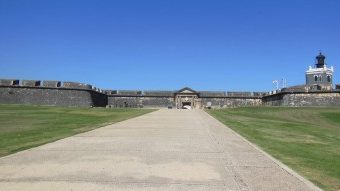
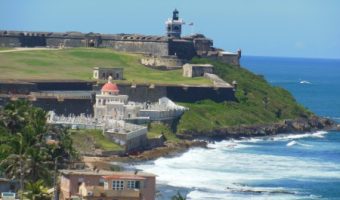
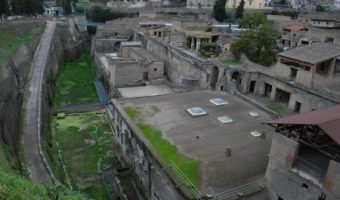
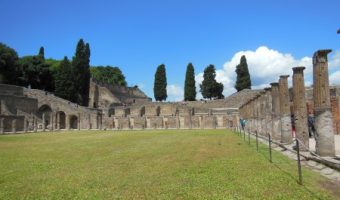
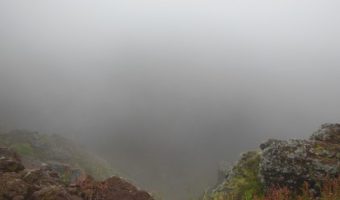
Connect with Sandra